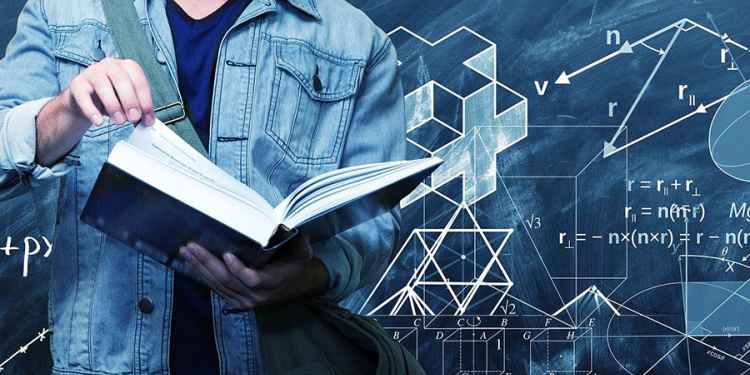
Photo: pixabay.com

Photo: pixabay.com
This page is more than five years old and was last updated in April 2022.
Believers and skeptics alike are quick to say that science and the paranormal are worlds apart. A believer will argue that the existence of ghosts can't be explained through mainstream science, whereas a skeptic will tell you that ghosts can't exist because science can't explain them, but is there a middle ground?
As our understanding of physics doesn't go far beyond GCSE science, we got in touch with someone with a much better knowledge of how the universe works. Rachel Chadwick is a PhD student researching quantum physics at the University of Bristol.
You might not expect it from budding quantum physicist, but Rachel is open to the possibility that ghosts might exist, but says "I need evidence before I completely believe something, many things are very hard to prove or disprove. For anything that is neither proven nor disproven I have to use my intuition."
As Rachel points out, scientists have to use intuition all the time to decide what is worth investigating and what isn't, so what does her intuition tell her about the paranormal? "My intuition is that most ghost stories can be explained by psychology. Humans' tendency to find faces in clouds, rocks and burnt toast, the unreliability of memory and the inclination to see what you want to see."
However, the physics student admits that the frequency and volume of some ghost stories seems more than coincidental. Especially certain stories which cannot be explained by psychology, phenomenon such as moving or levitating objects.
What Are Ghosts Made Of?
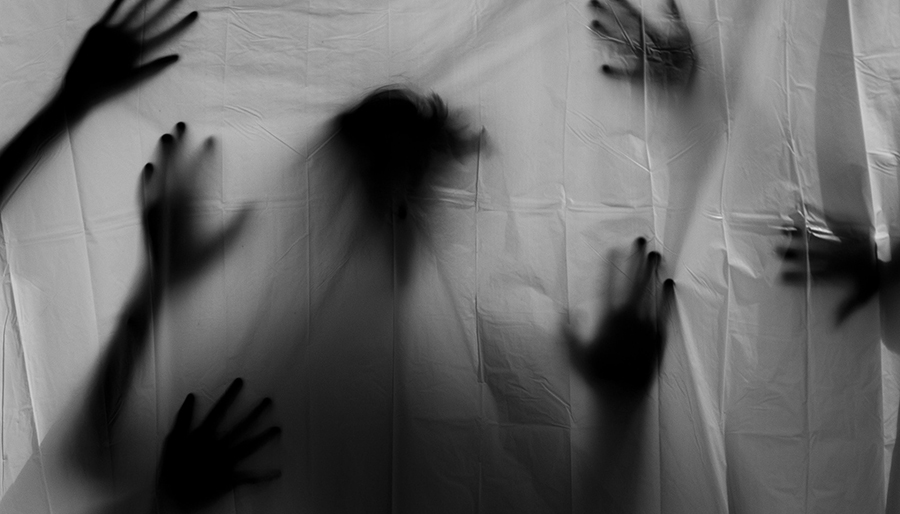
Photo: pixabay.com
When it comes to harmonising science and the paranormal, the biggest problem is the many contradictions, especially when you try to build a picture of what a ghost might be made of. The most obvious of these contradictions is that ghosts can walk through a wall, yet they're able to walk on the floor and even make audible footsteps.
Rachel said that there are two possible scenarios that could explain how a spook could walk through walls but not fall through floors. She says the first scenario is that ghosts can choose at will when to pass through solid objects or when to interact with them. Rachel explains, "this would mean that ghosts could walk through walls but interact with the floor and other objects. However, particles choosing whether to interact via certain forces is inconceivable."
Perhaps this switch between solid and ethereal occurs randomly. Rachel says, "even if the particles sometimes interacted and sometimes didn't randomly, it still doesn't follow any laws of physics that particles behave differently at different times."
This leaves us with the second scenario, that ghosts can always pass through solid matter, but don't fall through the floor because gravity doesn't affect them. However, this would itself create a contradiction. Rachel explains, "as they would always pass through matter, they couldn't move any objects or make any sounds." This creates a problem for poltergeist cases, in which mischievous entities are said to move and even throw objects around.
Rachel adds, ""we know that matter can't pass through other matter, where I use the term 'matter' to mean something composed of atoms. This is mainly because the electrons in the atoms repel each other." This is true of all matter and it would mean it is impossible for a ghost to be able to pick some things up, yet have the ability to pass through a solid wall.
The physics student also points out that this same scenario would mean it's not possible for a ghost to speak. Even the classic stories of rattling chains or the rustling sound of a lady in white's dress flowing in the breeze are brought into question. Rachel says, "given that sound is the vibration of air, if the ghost cannot interact with matter it also can't make sounds."
However, Rachel admits that there are types of particles that are known to exist which can pass through walls, such as photons. Rachel explains the principle as "like light passing through windows or thin sheets of paper, or X-rays passing through flesh." Electromagnetic radiation, including visible light and X-rays, consist of particles called photons, and aren't matter, hence their ability to pass through matter.
Logically, this leads us to wonder whether ghosts could be made of photons. Rachel doesn't think so, "a ghost could not simply be made of photons because it would need a source as photons are constantly travelling." Think of a torch, it produces light, but that light doesn't stick around when the torch is turned off. There is another substance that is thought to exist in the universe that doesn't require a source and that's dark matter.
Dark matter is an invisible substance which is thought to account for around 85% of the matter in the universe. Dark matter is undetectable by existing scientific instruments, but we know that dark matter must exist because we can observe its gravitational effects. So could this mean that ghosts are an animated cloud of dark matter?
Well, we know that in order for us to see a ghost that it must interact electromagnetically with visible light. We also know that if the ghost doesn't fall through the floor then it isn't affected by gravity. According to Rachel, "this is sort of the opposite of dark matter which doesn't interact electromagnetically but feels gravity. So far there is no evidence of such a particle existing."
We can't detect or measure dark matter, we just know it should be there. The same was true of the Higgs Boson, an elusive elementary particle that was nicknamed "the God particle". Scientists knew this particle should exist, so they went looking for it. Could it not just be the case that we're not looking for a ghost particle?
Professor Brian Cox recently waded into the debate on the BBC Radio 4 show, 'The Infinite Monkey Cage'. He spoke about how he thinks the experiments taking place at CERN (the European Center for Nuclear Research) have proven that a ghost particle can't exist.
CERN is home to the Large Hadron Collider (LHC), the world's biggest and most complex science experiment, a particle accelerator 17 miles in circumference built underground on the border of France and Switzerland. The LHC accelerates subatomic particles to speeds approaching the speed of light, before slamming them together and allowing scientists to discover new particles.
Professor Cox said, "if there's some kind of substance that's driving our bodies, making my arms move and legs move, then it must interact with the particles out of which our bodies are made." If this substance existed then the LHC should be able to detect it.
Rachel says that while she generally tries not to disagree with a professor of particle physics - famous or otherwise - about CERN, she thinks that the LHC might ignore any evidence of the paranormal it finds. She said, "the LHC was built for specific purposes, looking for particles with very high energies."
She continued, "even if this particle were created in an experiment and it was possible to detect with the methods used, we could still not have noticed it. In the particle collisions they get a lot of data, so much in fact that their systems sift through very quickly deciding what is interesting and should be kept. Everything else is discarded without being analysed. Given there is no idea what this particle could be and no active research to find it, it's possible its detection would be automatically discarded."
Rachel says that if we assume that sightings of ghost are accurate and we can see them, then they must be able to interact through the electromagnetic force, therefore the LHC would be likely be able to detect any particle responsible for their existence.
But admittedly, that is based on the hypothetical assumption that ghost exist and are visible. In the same BBC interview Professor Cox flatly stated, "we are not here to debate the existence of ghosts because they don't exist."
Stone Tape Theory
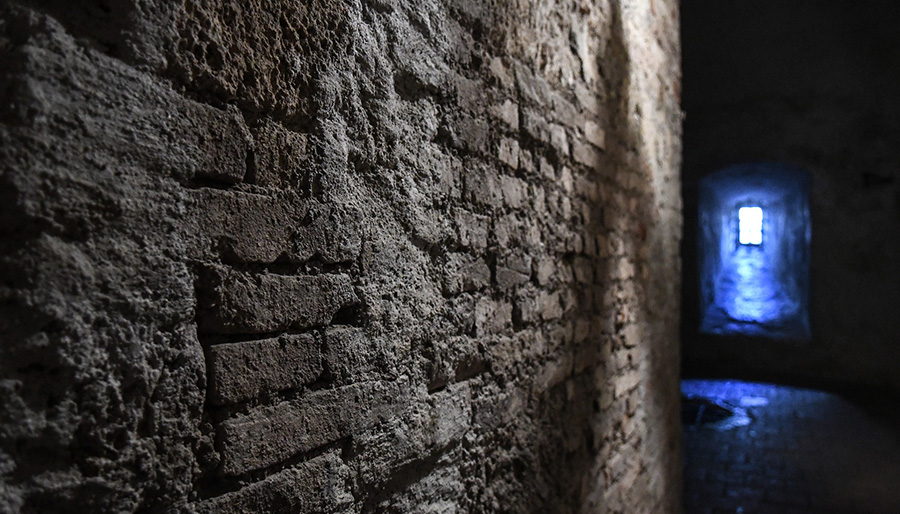
Photo: pixabay.com
One theory that ghost hunters feel explains this state change between solid and ethereal is that there are two types of hauntings. 'Intelligent hauntings' are classic "ghosts" that can throw objects, slam doors and pull your hair, whereas 'residual hauntings' are said to be re-plays of the past. Paranormal investigators call this replay of a past events "stone tape theory". They speculate that a human's "energy" or emotions are captured or recorded in the stone of a building. It is then said to "re-play" to those who are sensitive to it, when the conditions are the same, or on the anniversary of the event.
This theory would mean that a ghost witnessed in an intelligent haunting could interact with the objects around it, be visible to the human eye, and be able to speak and communicate. Whereas a residual haunting might be a vision of an apparition, or some kind of psychic or mental projection of the past emanating from the building around the observer.
We asked Rachel if there's any scientific basis for the belief that some kind of life energy could linger in a building? She said, "a fundamental law of the universe is the conservation of energy. It can change form but the overall amount of energy never changes. We get chemical energy through food and expend it in other forms including kinetic and heat energy. Suppose there is some kind of 'spirit energy'. Where does that energy come from? Food? The human body is well understood and the process by which we break down food gives energy directly to the cells in our bodies. There is no process by which energy could be converted into 'spirit energy' and stored somewhere in the body."
When we start to think about how this energy might be transfer from the body into its surroundings, it's equally as problematic as Rachel explains, "the information stored in the brain would have to be converted into a form that can travel through the air and then converted into a form where it could be stored in objects. Of course we can send information through the air – wifi, bluetooth, satellites. These all use electromagnetic waves with information encoded into them. However, we use technology to encode the information into the waves."
Rachel thinks that it's not impossible that there could be a natural process that converts the memories from the brain into waves when people die, but she admits that this is very unlikely. Even if this process did exist, she says, "the real problem is when we consider how these memories are taken from electromagnetic waves and stored in walls or objects. There is definitely no mechanism in brick or stone to absorb light and store information from it."
Even if this energy did somehow exist and could be released and captured in a building when we die, Rachel thinks that energy would dissipate over time and eventually fade away.
Another theory popular in the paranormal field that could explain ghostly apparitions is that they are visions that cross through from a parallel dimension. Given that the many-worlds interpretation suggests other realities could exist, is it possible that something could slip through that certain people could be aware of? Rachel reminds us "the many-worlds interpretation is precisely that – an interpretation. There is no evidence for its existence other than it agrees with the maths."
She adds, "given the lack of evidence and understanding about this theory, it is difficult to say whether a wormhole or equivalent could exist between two parallel universes. However, it seems like these universes are by definition separate and unable to pass information between them."
So, do ghosts exist? Rachel says, "I couldn't say 'no'," but adds that an encounter with something that goes bump in the night might be more of a personal experience than a scientific fact. She says, "I think that if you are at all scared when you hear noises or see something unusual in a 'haunted house', that is evidence that you must believe it's possible. Whether they are spirits or just an unexplained physical phenomenon is a different matter."
Further Reading
Dive into the world of the paranormal and unexplained with books by Higgypop creator and writer Steve Higgins.

Alone At The Inn
The full account of a solo paranormal investigation at the Ancient Ram Inn, tied to a documentary film.
Buy Now
The Rational Demonologist
An exploration of demonic activity, including possession, protection, and exorcism.
Buy NowMore Like This
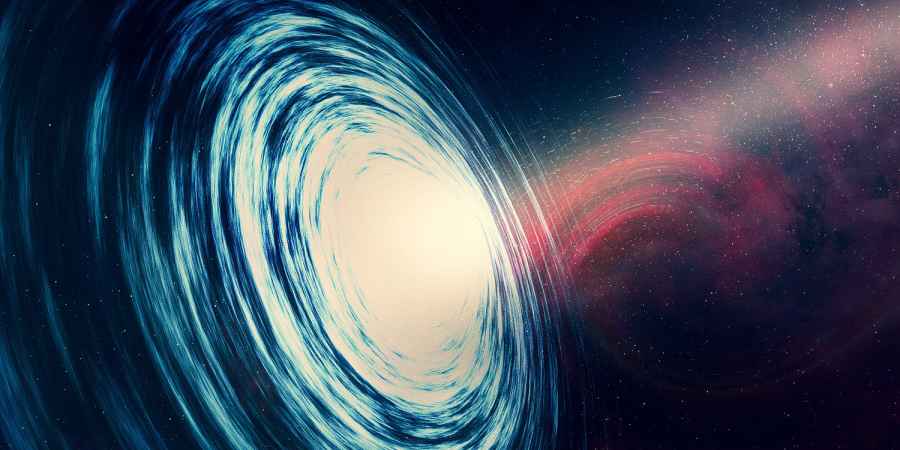
ScienceMarch 10, 2025
What Ghost Hunters Mean When They Talk About Dimensions
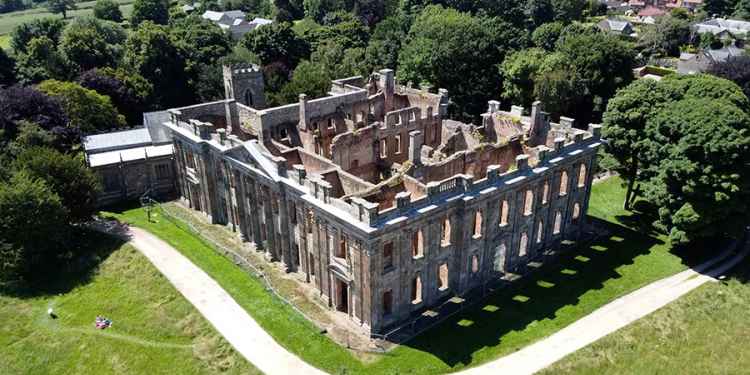
Haunted BritainDecember 25, 2024
2024's Most Popular Paranormal Hotspots In The UK
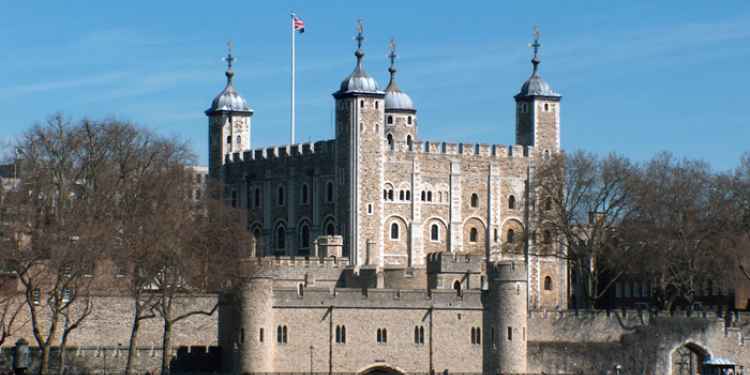
GamesNovember 28, 2024
Can You Match These Famous Ghosts To Their Haunting Grounds?
 See More on Audible
See More on Audible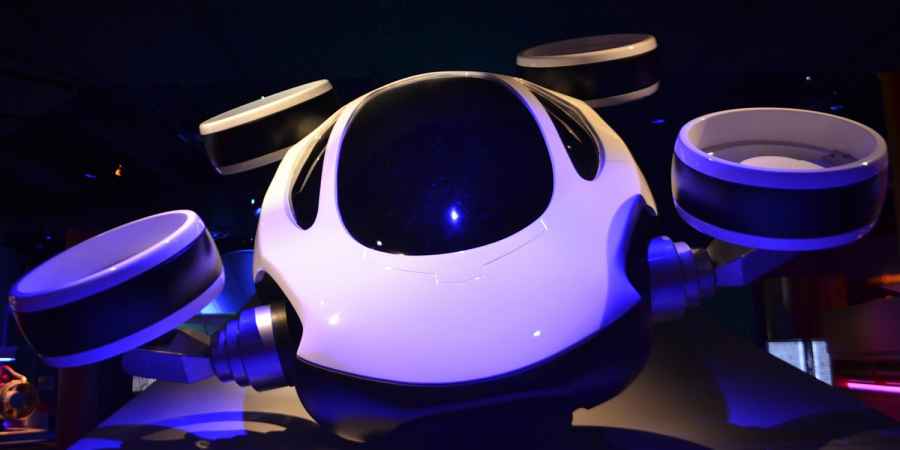

Comments
Want To Join The Conversation?
Sign in or create an account to leave a comment.
Sign In
Create Account
Account Settings
Be the first to comment.